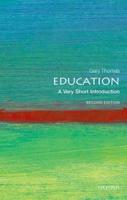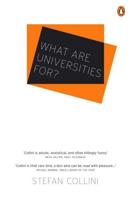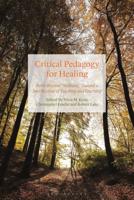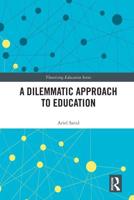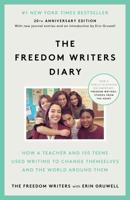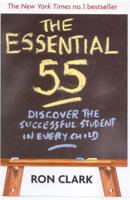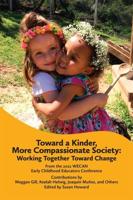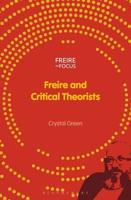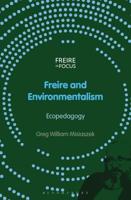Publisher's Synopsis
This volume examines the ways schools respond to cultural and linguistic diversity. A richness of accumulated experience is portrayed in this study of six Australian secondary schools; partial success, near success or instructive failure as the culture of the school itself was transformed in an attempt to meet the educational needs of its students. Set in the context of a general historical background to the development of multicultural education in Australia, a theoretical framework is developed with which to analyze the move from the traditional curriculum of cultural assimilation to the progressivist curriculum of cultural pluralism. The book analyzes the limitations of the progressivist model of multicultural education and suggests a new 'post-progressivist' model, in evidence already in an incipient and as yet tentative 'self-corrective' trend in the case-study schools.


